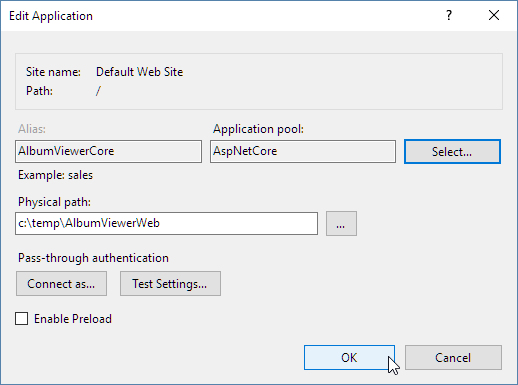

Which paths you add is entirely up to you since you know which programs you need to access from the Command Prompt. The command line in Windows being the Command Prompt, you can open a Command Prompt in any location and run commands. When you add an EXE path as an environment variable, you can access the program from any command line. Once it’s active, click the Browse button and navigate to the folder where the EXE that you want to add to Path environment variables is. This will add a new field inside the list of paths. On the Edit Environment variable window, click the New button. On the Environment Variables window, select Path from the User variables section and click Edit. Click the Environment Variables button at the very bottom. On the System Properties screen, go to the Advanced tab.

This will take you to the following screen. Alternatively, just type the following in the address bar in File Explorer. Open Control Panel and go to System and Security>System. You will need administrative rights to add a Path variable. You can add any path that you like and there are no restrictions to which drive or folder the EXE should be in.
VIRTUAL WINDOWS ENVIRONMENT VARIABLES ON A MAC FOR .NET HOW TO
Here’s how to set Path Environment Variables in Windows 10. Adding a path to an EXE file allows users to access it from anywhere without having to switch to the actual directory. A subset of Environment Variables is the Path variable which points the system to EXE files.

These are essentially paths and values that point the OS to important locations when there is a need to save files or access essential information about the system. Windows has something called ‘Environment Variables’.


 0 kommentar(er)
0 kommentar(er)
